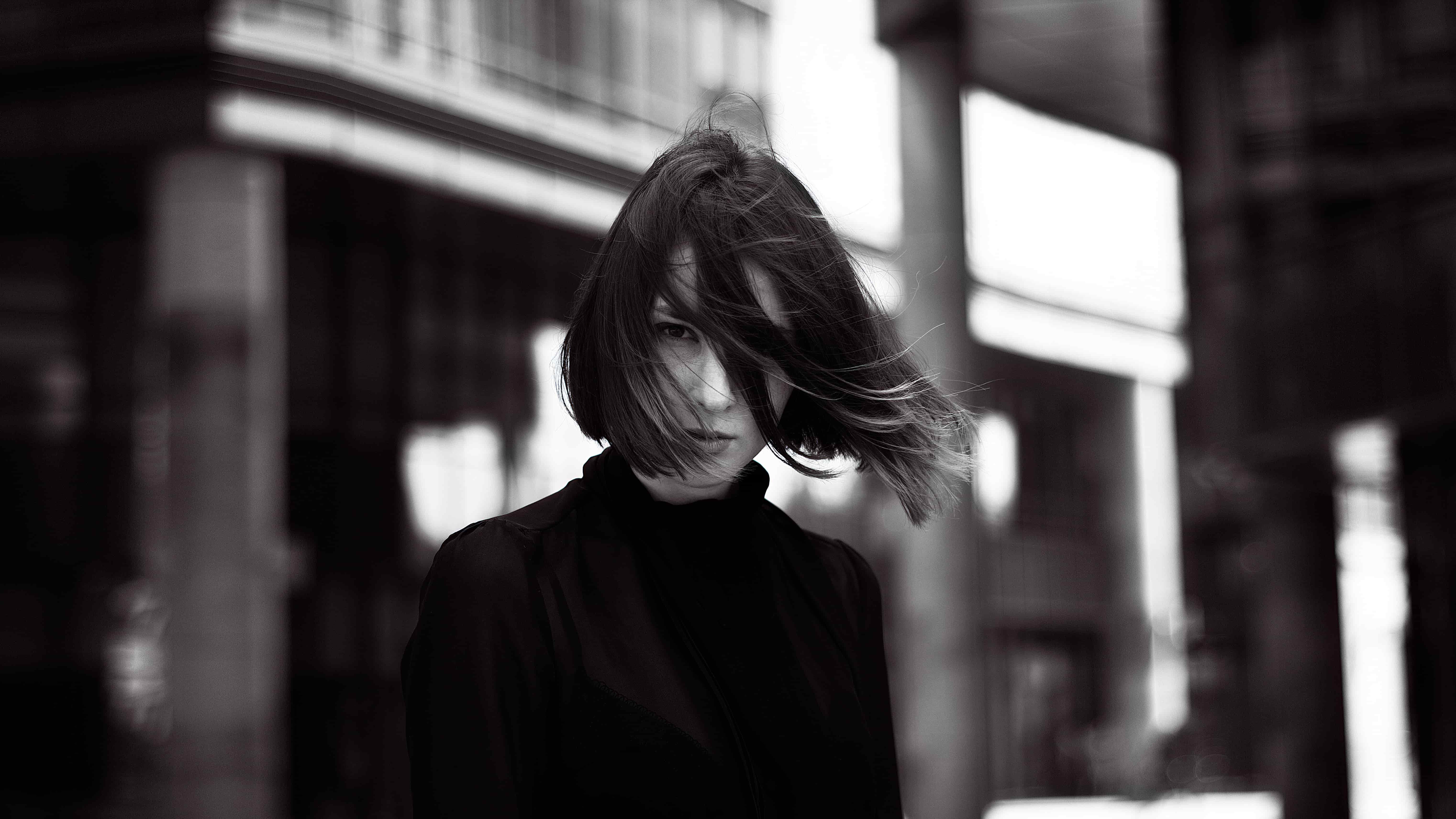Your cart is currently empty!
The Secret Life of Flowers — A Cultural Journey
From the moment humans began to decorate graves with wild blooms, flowers have been more than decoration — they have been language. Fragile and fleeting, yet endlessly regenerative, flowers speak to the rhythms of life, love, death, and renewal. Across centuries and continents, they have been used to honor gods, seduce lovers, mourn the dead, and express what words could not. In this feature, we explore how different cultures have woven meaning into their petals — from the lotus ponds of ancient Egypt to the salons of Victorian London.
Petals Through Time
Blossoms of the Ancient World
The story begins along the banks of the Nile. The blue lotus, opening each morning and closing at dusk, became the Egyptian emblem of rebirth and divine renewal. It floated in temple basins and adorned the hands of the dead, a promise that life, like the lotus, would rise again. In Mesopotamia, garlands of wildflowers marked the bond between fertility, kingship, and divine favor. Across the Aegean, Greek poets and sculptors turned flowers into myth: Apollo’s laurel for victory, Aphrodite’s rose for love, and Hyacinth’s bloom for beauty cut short.
The Sacred Bloom of Asia
In India, the lotus opened again — this time beneath the feet of deities. Symbol of purity and spiritual awakening, it grew from the mud but remained unstained, its fragrance rising toward heaven. Marigolds and jasmine, still strung into garlands today, are offerings of joy and devotion. In China, the peony became the ‘King of Flowers,’ denoting wealth and honor, while the chrysanthemum represented endurance and the wisdom of age. Japan refined these meanings into an art form: in hanakotoba, the language of flowers, each bloom whispered a specific sentiment, perfectly balanced in the graceful economy of ikebana and the tea ceremony.
Gardens of Paradise
In Islamic art and poetry, flowers became emblems of paradise — earthly glimpses of divine perfection. With fig leaves and pomegranate blossoms, Persian gardens mirrored celestial order. The Ottoman Empire took this symbolism to sumptuous heights: the tulip, sleek and symmetrical, became both royal insignia and aesthetic obsession. Centuries later, Europe’s tulip mania echoed that same fascination with beauty and transience.
Medieval Saints and Victorian Secrets
When Christianity spread across Europe, it grafted new meanings onto ancient stems. The lily came to signify the purity of the Virgin Mary; the rose, both her love and Christ’s sacrifice. During the Renaissance, painters used flowers to tell moral tales — each bloom a symbol hidden in plain sight. By the 19th century, flowers had become a coded language. Victorians exchanged carefully arranged bouquets like whispered confessions: a red rose for passion, a white one for virtue, a sprig of lavender for devotion. Even the number of stems could carry significance.
Modern Petals
Today, flowers continue to speak — though their meanings have evolved with the times. The red poppy, once a wildflower of the fields, now stands for remembrance. Pride parades and social movements have adopted floral imagery to celebrate identity and resilience. The global flower trade has blurred cultural boundaries, but perhaps also deepened our appreciation for their universality: wherever we live, we still turn to flowers to express what is most human.
Reading the Language of Flowers Today
While the nuances may have shifted, the emotional power of flowers endures. A bouquet of sunflowers still radiates warmth; a lotus still suggests peace. The next time you pass a florist’s window, imagine the silent conversations waiting there — millennia of myth, faith, and feeling, blooming again in every season.


